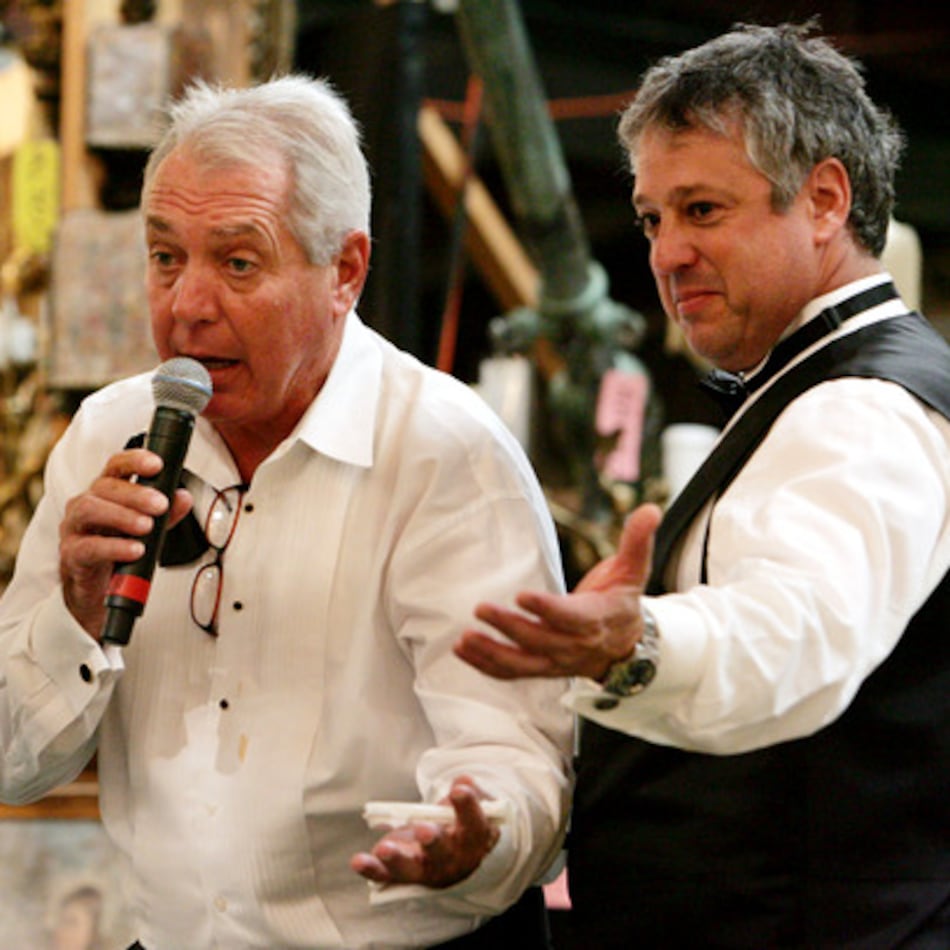Mike England, mayor of the small north Georgia city of Morganton, was unaware of William Christopher Gibbs' ties to a white supremacist sect, but he said this week that racism is a problem throughout the region.
When England, who also is pastor of a local church, wrote an editorial in the local newspaper criticizing “all these church deacons in this area that use the n-word like it’s common language,” he said he received a membership card in the mail from a white supremacist compound in nearby Epworth. He promptly burned the card.
“I have to give them credit for their wit,” he said. “Every year now I get an invite to their annual fund-raising picnic to say the blessing.”
Gibbs, 27, was staying with his grandparents in Morganton when he was arrested last month for possession of the biological agent ricin. He was arraigned Wednesday in federal court in Gainesville and faces up to five years in prison if convicted.
Gibbs’ online history shows connections to the Creativity Movement, a pseudo-religious white supremacy movement dating back to the 1970s. Creativity promotes the idea of whites as a superior race and many of its adherents call for a “racial holy war.”
Federal officials have not said what Gibbs planned to do with the ricin or where he got it. Gibbs was arrested after he allegedly turned up in a local emergency room seeking medical care for exposure to the anthrax-like biological agent.
The arrest is part of a string of incidents suggesting white extremists in Georgia have become bolder and more activist in recent years.
About the Author
Keep Reading
The Latest
Featured




